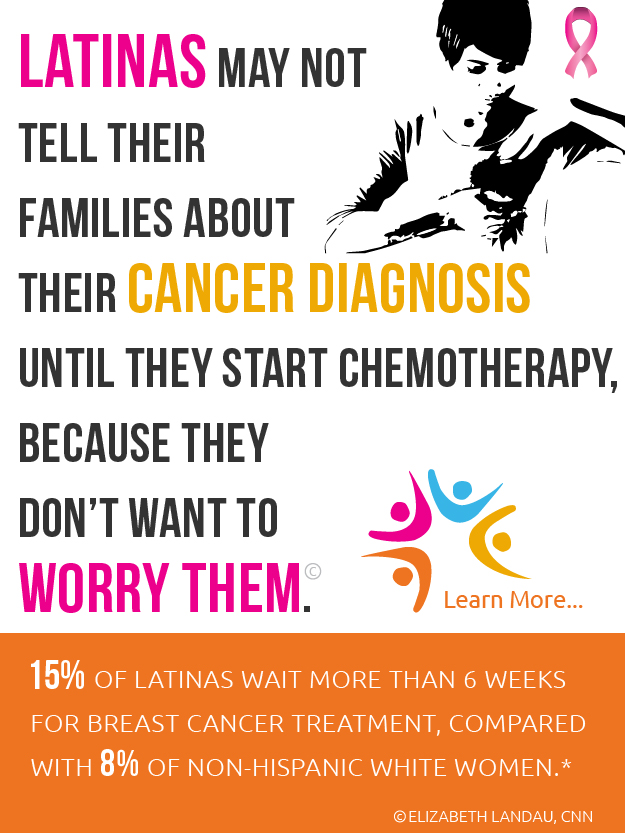
Taking Control of Type 2 Diabetes for Better Outcomes
06/22/2015 12:25PM | 7553 viewsWith more education and disease management, T2D is no longer a “death sentence”.
Q & A with Dr. Samuel Arce, Chairman of the Board of the National Hispanic Medical Association
A recent survey conducted by the Harris Poll reveals that Hispanics diagnosed with Type 2 diabetes are much more likely to experience feelings of shame, isolation and helplessness – and that, in turn, may contribute to poorer outcomes.
Further, one in three Hispanics views their diabetes as a death sentence, the survey shows.
“We as Hispanics have an incidence of diabetes that is nearly twice as high as non-Hispanic whites, and we also don’t have good control managing the disease,” says Dr. Samuel Arce, Chairman of the Board of the National Hispanic Medical Association, and a member of the National Board of Directors of the American Diabetes Association.
Survey findings also reveal Latinos as much less likely to take medication as recommended, or view their disease seriously enough. They are twice as likely to face challenges remembering when to take medications, compared with non-Hispanics. And when “feeling good,” Hispanics are five times more likely not to care for themselves. One in 5 admit to being very or extremely unlikely to take pills or injections during those times, vs. 4 percent of non-Hispanics. Likewise, 25 percent of Hispanics admit to being very or extremely unlikely to check their blood sugar when feeling good, versus 12 percent of non-Hispanics.
During a recent interview with Healthy Hispanic Living, Dr. Arce, discussed the Harris Poll findings, and encourages Latinos – and their families – to take a more proactive approach for better outcomes.
Q. Is diabetes a death sentence?
A. “First off, if you have a diagnosis of diabetes, you and your family members need to know there is a solution. Diabetes is not a death sentence.
It’s difficult, though, because as Hispanics we hear the nightmare stories of how someone with diabetes had an amputation, or someone had to have renal dialysis. It sets up a whole cultural bias for us that go something like ‘now diabetes is going to effect my kidneys, now it’ll effect my heart, and now it’ll effect my longevity.’ Actually, that is not the case. It’s quite the opposite. There is hope, and there are plenty of treatment options available today.
With healthy eating, regular physical activity, and taking prescribed medications regularly to lower blood sugar levels, diabetes can be managed successfully. Healthy eating and exercise can also help prevent you from developing the disease.”
Q. Diabetes is more prevalent in the Hispanic population than in the non-Hispanic white population in the United States: Of 54 million Hispanics living in the United States, 12.8 percent have diagnosed diabetes compared to 7.6 percent of non-Hispanic whites. What are some other factors that make diabetes more prevalent among Latinos?
A. “There may be a genetic component. We also don’t get enough physical activity. Also, Hispanics are more likely to become obese because of their diet and not enough exercise, and obesity is a risk factor for Type 2 diabetes.
Anotherissue is barriers to healthcare, be it insurance problems, language problems, or time problems. For example, we don’t have time for our own health, but we can take care of the health of our children. These and other factors often set up a late diagnosis for Hispanics. Because of that, we often hear more bad stories than good stories from the people around us.”
Q. The Harris survey notes that only 40 percent of Hispanics with diabetes know what a healthy blood sugar level should be. Does a language barrier potentially contribute to less understanding of their disease for Latinos, and therefore potentially poor management of the disease?
A. “Blood sugar control is a particular challenge for Hispanics.
Unfortunately, people may not fully comprehend the condition they have. Because there is a lack of education available to them in a way they can understand, the cycle is perpetuated. Doctors speaking English to their Hispanic patients may think the patient understands, but that’s not necessarily true. Many times, they may ask, ‘do you speak English, do you understand,’ and the person nods their head yes, and really didn’t understand very much. These linguistic and cultural barriers, and the lack of resources (geared specifically to Hispanics), perpetuate the cycle.
As physicians, I think we need to be more positive with our patients and explain and educate them about the condition. We need to let them know by making some adjustments, they can live normal lifestyles and normal lifespans, just like any individual without diabetes. By leading a healthy lifestyle through diet and exercise, taking medications when prescribed, and managing your blood sugar levels more closely, you can reduce the risk of serious long-term complications.”
Q. Latinos with Type 2 diabetes are much more likely to skip their medications when they feel good than non-Hispanics, the survey showed. Besides eating healthier, exercising more, and monitoring they blood sugar levels regularly, what else is necessary to manage the disease better?
A. “Unfortunately, many people in our community tend to take medications as needed, rather than as recommended. Many patients believe the medications cause harm, and so feel they don’t need to necessarily take them all the time. They also may believe that not taking medications regularly may delay the onset of some long-term effects and complications. Neither of these is true. It’s important to take your medications as prescribed, and show up at regularly scheduled doctors appointments for the best outcomes.”
Q. Hispanics diagnosed with diabetes often feel more isolated from friends and family, which may also lead to less successful outcomes. How can they bridge that gap?
A. “Enlisting the support of family and friends can inspire you to do better. The recent Type 2 diabetes insights survey confirms that family support plays a huge in their disease for Hispanics. About three-quarters, for example, say their family motivates them to keep their diabetes under control, and to be more willing to take control of the condition. When first diagnosed, Hispanic patients often feel ashamed. By sharing your diagnosis, you and your family can combat the disease as a family. You can benefit by exercising together. You can work together to eat and cook healthier. I’m not one to pretend that we need to change anyone’s diets totally, but I do think we can make some beneficial long-term changes. You can support yourself or your family member by adjusting some of your favorite dishes by substituting healthier options. For example, you can eat whole beans instead of refried beans. You can eat more brown rice, and mix in some of the spices and flavors your family already enjoys. This can eliminate some of the fat and bad carbohydrates. You can add more salads to your daily eating. There are many small changes you can make that add up over time.”
Q. Some healthcare providers, such as pharmaceutical companies, are beginning to understand the need to reach out with more cultural sensitivity towards Hispanic and Latino Americans. Are there any free online education resources to help Hispanics understand and manage diabetes?
A. “Yes, patients can find resources in Spanish and English. By going online together with their family members, patients can find information presented in a way they can understand, and also find nutritional information and healthy meal plans based on how Hispanics cook and eat. You can watch educational videos and also participate in a self-directed 12-week course that teaches you, over time, how to manage the disease better. Each week, you’ll focus on a different theme, such as nutrition, or managing your blood sugar. You can download “trackers” that show the progress you’re making. You can also download and print the chart to fill in your blood sugar levels each day. The resources are free. You don’t need to be taking any specific diabetes drug to use the 12-week program or other resources.
Using these tools can also help patients better control their sugar – and their health in general, because cardiovascular disease, stroke and hypertension are all related to diabetes.”
Q. In addition to adding more activity into daily routines, and cooking and eating healthier, what else should Hispanic and Latino families keep in mind?
A. “Obesity is a risk factor for diabetes. Today, obesity is rampant with our teen-agers. We’re starting to see teen-agers with diabetes. We’ve got to do a better job of increasing their activity level in general, and their physical activity at school. We’ve got to change eating habits by having our teens not drink sugar-sweetened drinks.
Preventive medicine is very relevant also. Having a primary care physician that you can develop relationship with is very important, because when we find health problems early, we have much better outcomes. Also, even if you’re disease-free at this point, it doesn’t mean you shouldn’t take care of yourself to prevent diabetes from happening. We need to take control of our health and take responsibility, rather than letting it reside in someone else’s hands.”
We encourage you to read the following Infographic link regarding Hispanics and Type 2 Diabetes and additional data points.











Post your Comment
Please login or sign up to comment
Comments